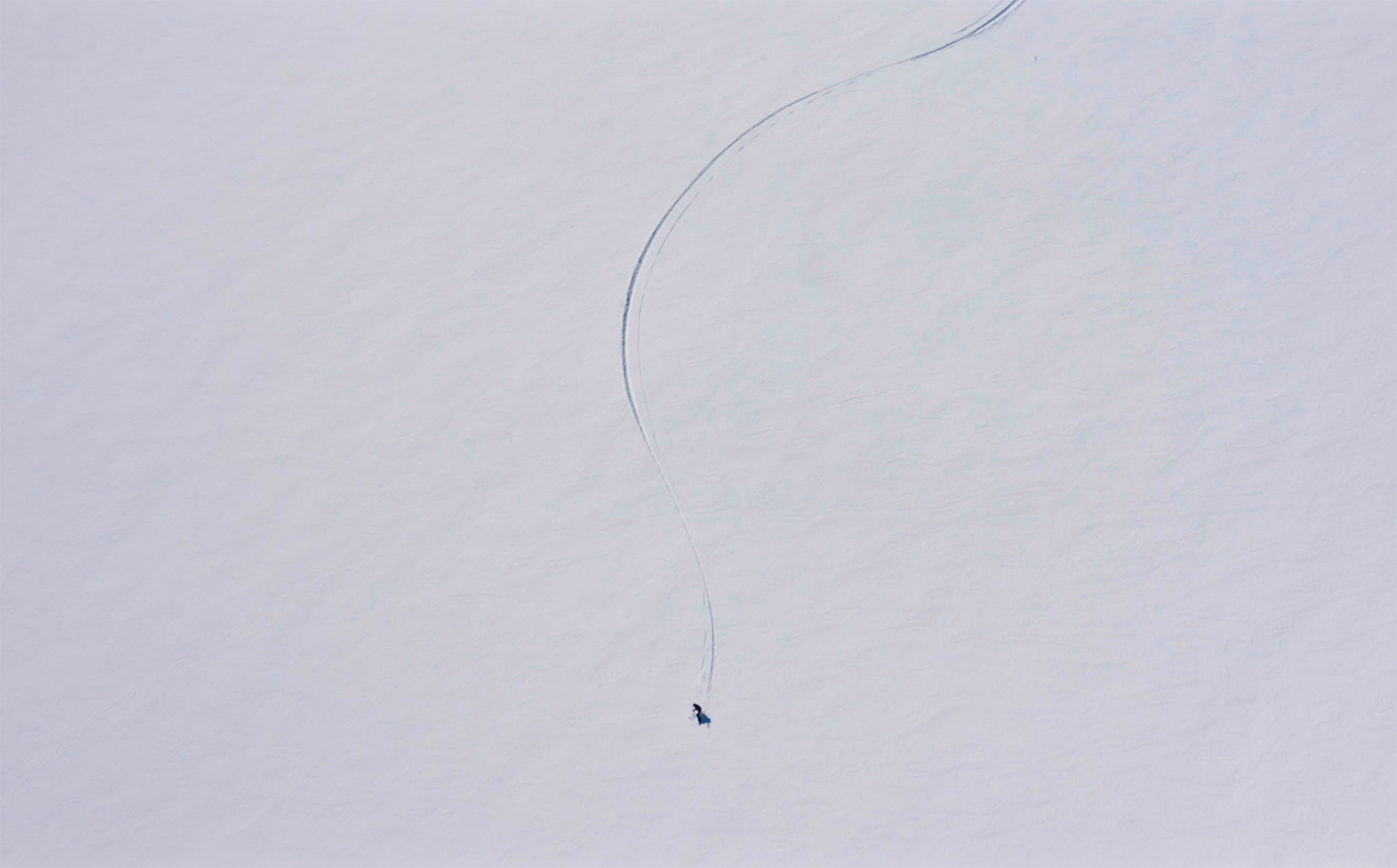DWR Explained: Sustainable Waterproofing & PFC-Free Solutions
03/2023
Photo taken by @Mammut
Images
Mammut
Words
Courtney Knights
PFC and DWR: waterproofing acronyms often seen and seldom understood. Read on to learn about outerwear’s lesser-known hero and the dark side that has us searching for a better way.
The lesser-known hero
While a waterproof membrane is undoubtedly the most important and effective shield standing between you and a good downpouring, the first line of defense is actually a durable water repellent (DWR): a thin hydrophobic coating applied to the outermost layer of your gear.
Used to lower a fabric’s surface tension, DWR allows water to bead off it rather than wetting through. Without it, the membrane would still technically keep you dry, but the saturated fabric would cling to your body and compromise your garment’s breathability. Considering how uncomfortable it is to have soggy clothes plastered to your skin, even with a thin protective layer in between, we have a lot to thank it for.
Unfortunately, while highly effective, our lesser-known hero also comes with a shady history.


"Traces have been detected all over the world, from Everest Base Camp to human blood."
The dark side of DWR
DWRs are traditionally composed of perfluorinated compounds (PFCs); a family of man-made chemicals used for everything from non-stick pans and food packaging to tents and outdoor gear.
Highly effective for water repellency as well as stain and grease resistance, these chemicals fell under deep scrutiny in recent years due to their harmful impact on human health and wildlife. While PFC-based DWRs are safe to wear, the chemicals are non-biodegradable and travel easily through wind and water, allowing concentrations to accumulate over time and work their way up the food chain. Traces have been detected all over the world, from Everest Base Camp
“The quest for ever-more responsible waterproofing solutions […] continues industry wide.”
A better way
For a long time, the PFCs used as a standard for DWR treatments in the outdoor industry were long-chain C8 fluorocarbons. Favored for their exceptional durability, their near inability to break down catalyzed both their rise to dominance and their eventual downfall as governments across the globe recognized the inherent health risk and moved to ban production.
Unable to quickly find sustainable and comparatively performing alternatives, many in the outdoor industry – Mammut included – adopted shorter-chain C6 treatments to bridge the gap while continuing to investigate fluorocarbon-free possibilities. Offering good performance levels with by-products that break down faster, C6 treatments marked a clear improvement from their long-chain counterparts, but not a satisfactory long-term solution.
Mammut abandoned C8 PFCs entirely in 2015 and began stepping back from C6 PFCs already in 2016. Building on the momentum, the full Mammut apparel collection reached 85% PFC-free in summer 2022 and is set to reach 94% in summer 2024. The clear goal is to hit 100% PFC-free by 2025
Meanwhile, the quest for ever-more responsible waterproofing solutions that live up to the performance standards set by PFCs continues industry wide.
What does PFC-free mean for me?
A PFC-free DWR is an effective and more responsible water repellent, so you can feel good about choosing gear with this label. Precisely because it is intended to break down over time, however, it is not as resistant to wash and wear (e.g., exposure to sunscreen, oil, and detergent), so the right care is important to maintain performance levels. Keep your PFC-free gear in action for many years to come with a regular wash and DWR refresh, using an eco-friendly impregnation spray found at your local retailer. A few simple steps well worth taking.
Curious how to best wash your technical gear?






